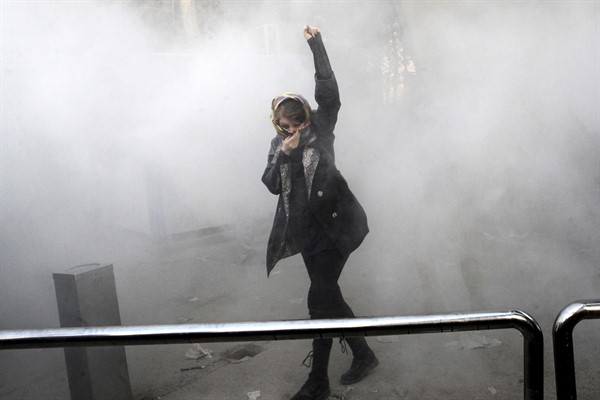Since early May, Iran has been rocked by protests over a precipitous rise in food prices, triggered by the government’s decision to cut existing subsidies on food products. Since then, prices have gone up dramatically, with staples such as imported wheat increasing by up to 300 percent and cooking oil by close to 400 percent. Within a matter of days, protests that sprang up almost simultaneously in the north, east and center of Iran had spread across the country, eventually reaching the capital, Tehran, where bus drivers went on strike.
The rising price of food products are yet another blow for millions of low- and middle-class Iranians already bearing the brunt of years of severe economic mismanagement and corruption by the government. The Trump administration’s decision in 2018 to unilaterally withdraw from the multilateral nuclear deal known as the Joint Comprehensive Plan of Action, or JCPOA, and reimpose backbreaking economic sanctions deepened the hardships felt by Iranians. The war in Ukraine and the ensuing price hikes for food products have only made things worse.
Protests are not uncommon in Iran. But if the Islamic Republic has faced various ground-breaking protest movements in its more than four decades of existence, the frequency of protests has significantly increased over the past five years. Another notable characteristic of these recent waves of demonstrations is that they have been driven by the country’s urban and rural poor. However, if these protests have all the hallmarks of bread riots and class struggle, the reality is more complex.

